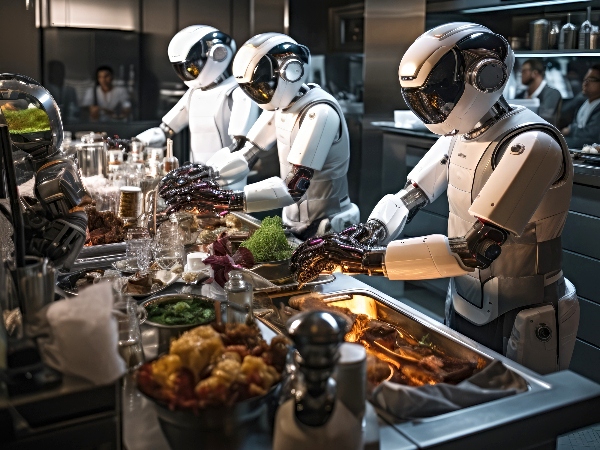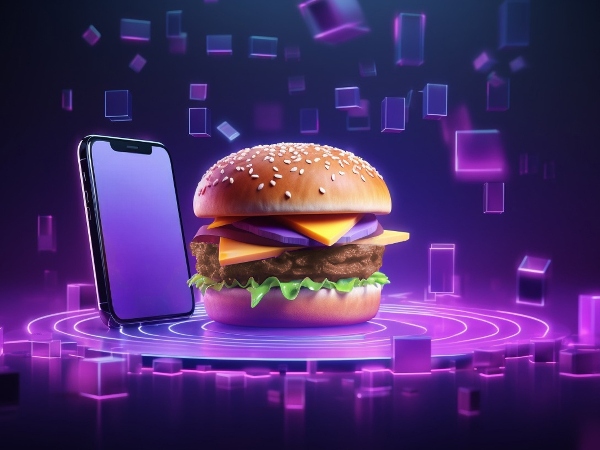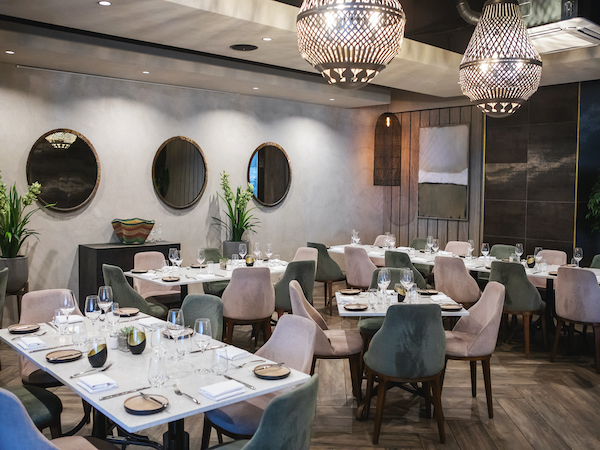News
Could AI tools revolutionise the way restaurants develop menus?
Thursday, January 25th, 2024Like it or not, AI is here to stay. Some say it’s the answer to many of life’s problems, while others prophesise humanity’s doom à la Skynet from the Terminator movies. What everyone does agree on is just how effective AI models like ChatGPT and Google’s Bard are. It’s like having your own Einstein-esque assistant on hand to collate humanity’s collective knowledge. This got us wondering, how will AI affect the restaurant industry? Will we one day dine at automated AI restaurants complete with never-before-seen menu items and flavour combinations? Or will restaurants become the last bastion of human expression and experience?

Technology has always been used in restaurants to make life easier. If you’ve ever worked in one, you’ll know how powerful a simple touch screen and printer system can be. But when you’re talking about creativity like dish and menu design, is an emotionless AI model up to the task? The way AI models currently work is that you ask a question, and it scans its database to provide an answer. The kicker is that its database is the entire internet, all 3.24 billion pages at today’s count.
So, AI is exceptional at using existing information. It’s so good that you can get a three-course menu complete with recipes in less than 10 seconds. I asked ChatGPT to create an Italian-inspired French menu, and it gave me: Caprese Tartine, Coq au Vin Risotto, and Tiramisu Mille-feuille. Not bad for a few seconds of work. It’s taken classics from both countries and created mash-up dishes that sound delicious. Are they going to be the best recipes in the world? Probably not, but the ideas are there, and that’s where AI shines.
If three chefs sat down for an hour-long brainstorm, how many good ideas do you think they’d come up with? Twenty? Maybe thirty? Bard gave me a hundred ideas for an Italian surf café in one minute. It even broke them down into appetisers, pasta and risotto, pizza creations, seafood specials, main courses, salads, desserts, and cocktails. One hundred in one minute. That’s nuts. Sure, the ideas won’t all be winners, but chefs could use them as a springboard to better things.

What’s even crazier is that you can train your AI model in the style of any chef. I asked AI for 10 ideas for a new café, first as Jamie Oliver and then as Gordon Ramsay. Two of Jamie’s results were Mushroom and Thyme Risotto Cakes and a Pesto Caprese Ciabatta Sandwich. Gordon’s were Beef Wellington Bites with Red Wine Reduction and Pan-Seared Scallops with Cauliflower Purée. Both results are pretty accurate, but what if you don’t have a world-famous chef as a reference? Well, not to worry, because you can simply feed your chosen AI model examples. The more you train it, the more competent it becomes, kind of like Neo learning kung fu in The Matrix.
At this point, you’re probably thinking, this sounds incredible, and you’d be right. It is amazing, and I’m just barely scratching the surface of AI’s capability. But in my humble opinion, the one thing that AI will never emulate is our connection to food. The human experience is where the soul of great food lives. We all have food memories, and that’s what makes the connection so special. The climactic scene of Pixar’s Ratatouille, where food critic Anton Ego is transported back to a comforting memory of his childhood, is the perfect example of this. He’s not just tasting the food; he’s feeling a connection to the dish in his soul.
If you’ve watched an episode of Chef’s Table on Netflix, you’ll know just how much work goes into the creation of a great menu. The dishes and menus are an expression of the chef’s personality and soul. They provide a glimpse into that person’s past and their cultural heritage. And while AI may be faster, smarter, and better than us at a lot of things, it will never replace the experience and skilled touch of a chef, and ultimately, our lived experience.
On the hunt for the latest restaurant news and dining delights? Subscribe to
our weekly newsletter and savour the flavour!
images: Freepik












